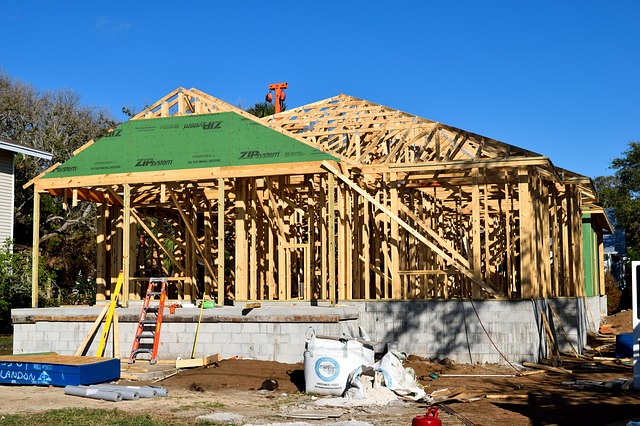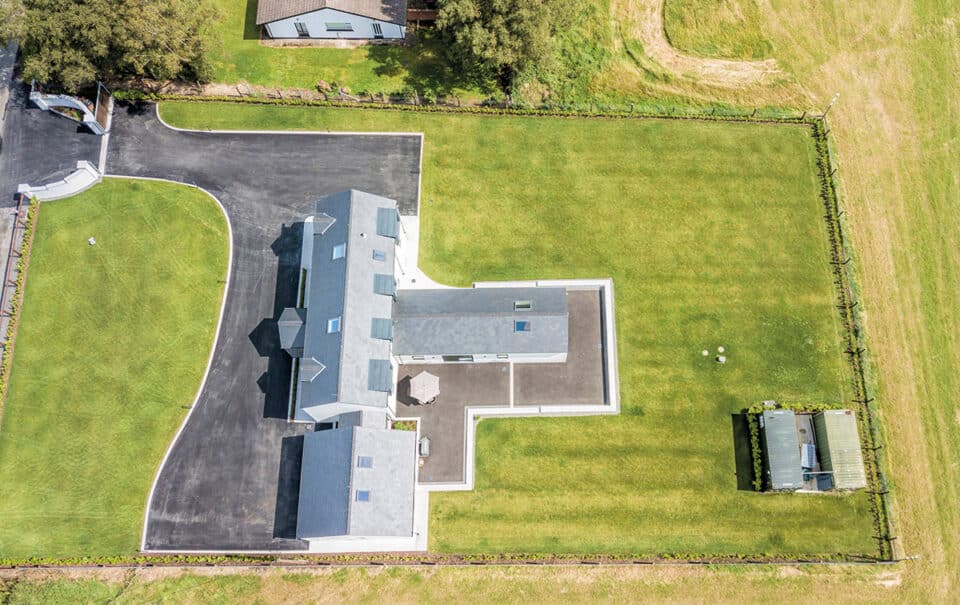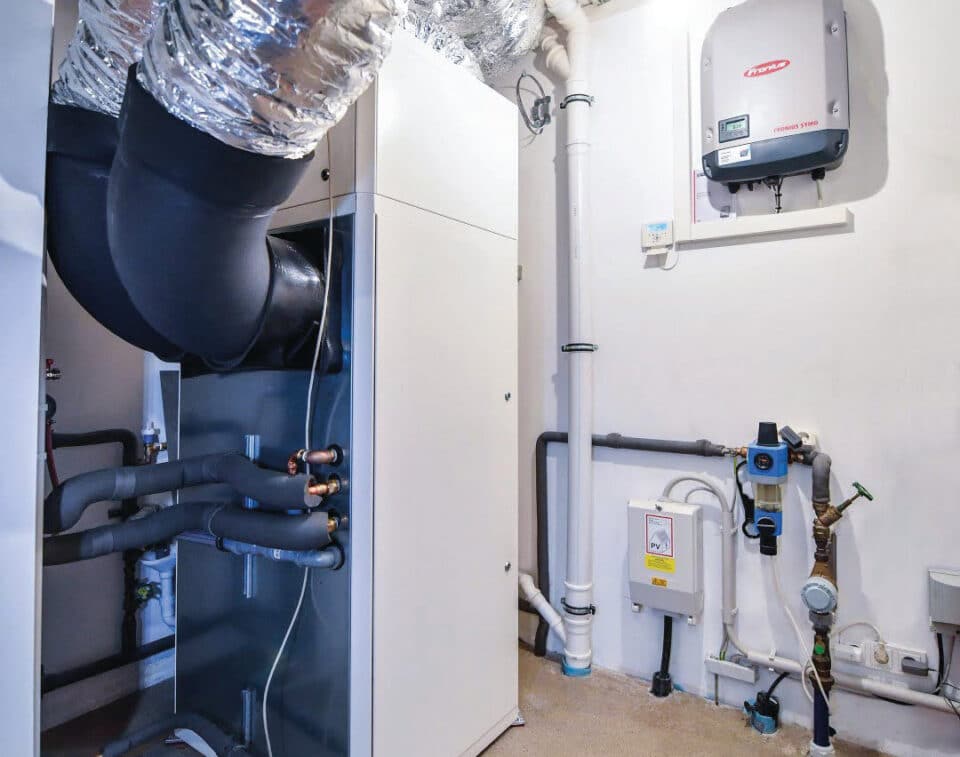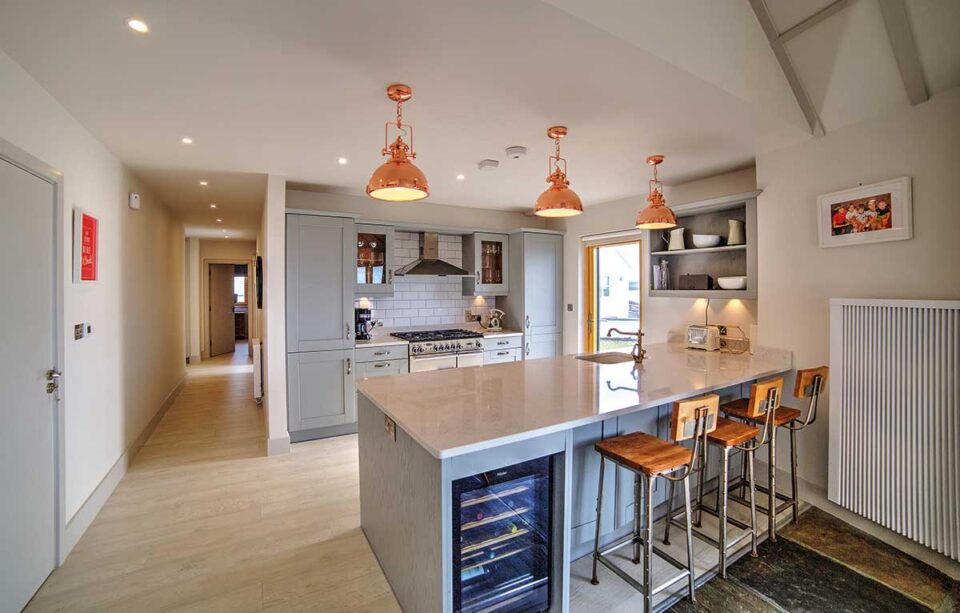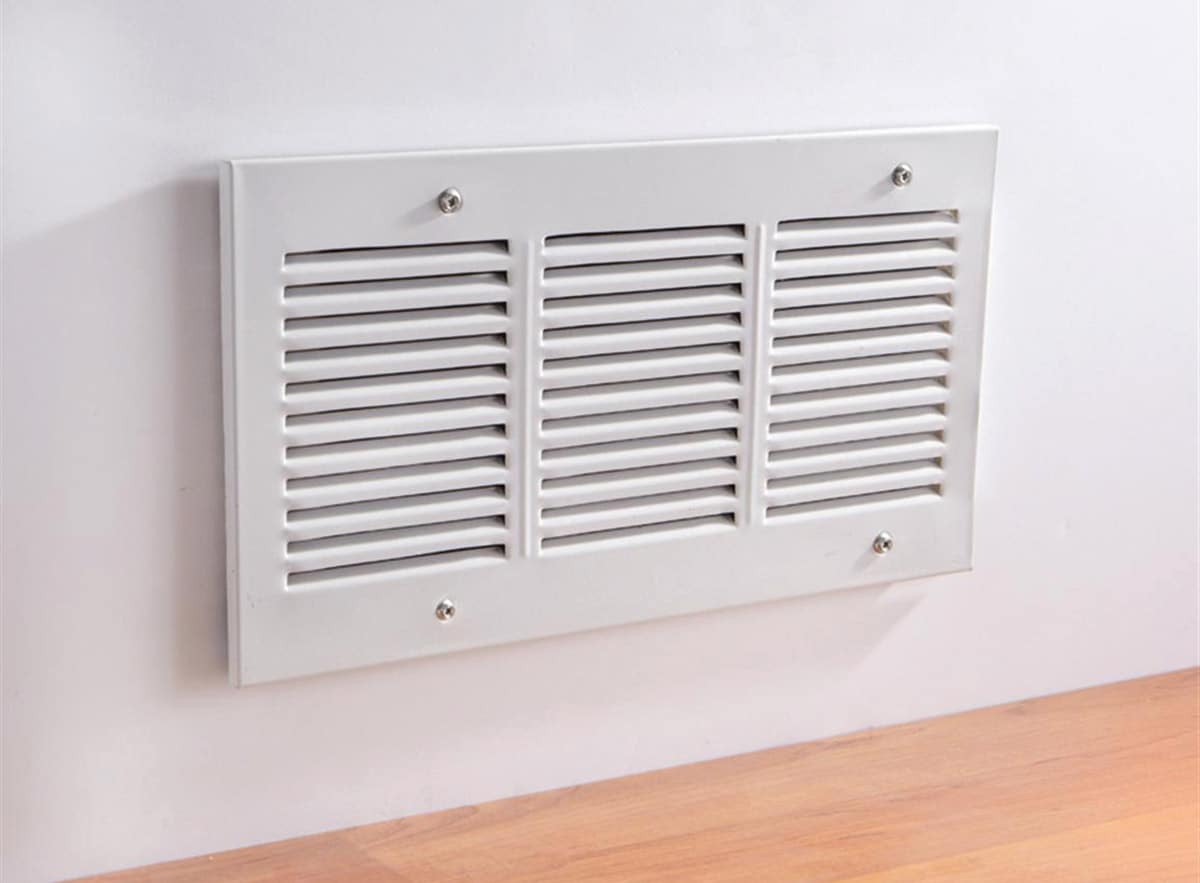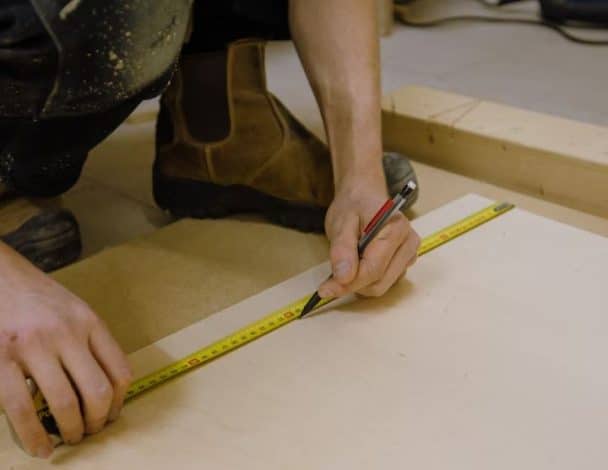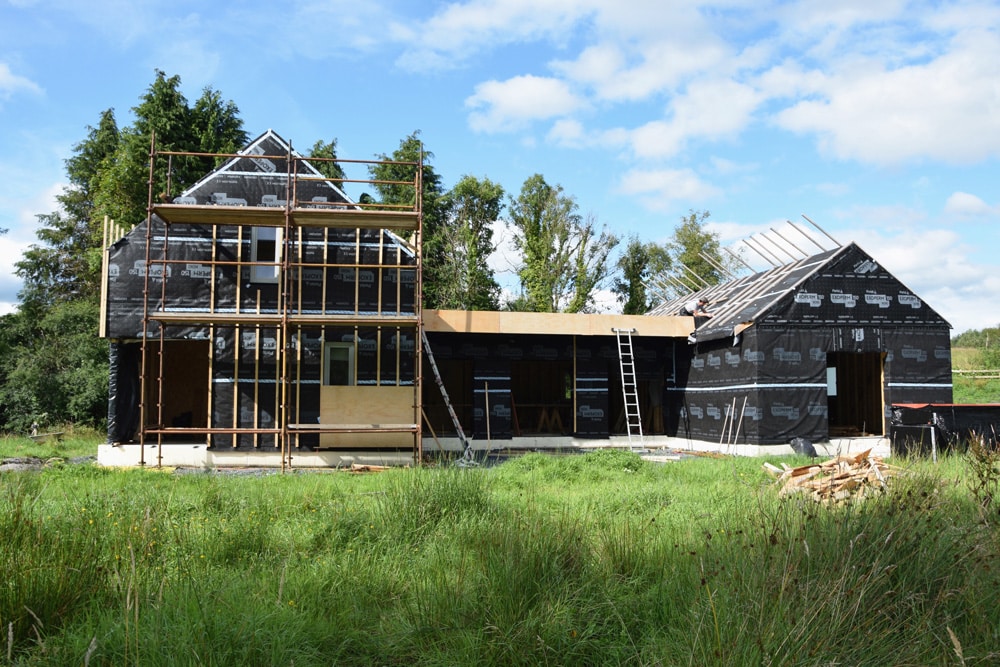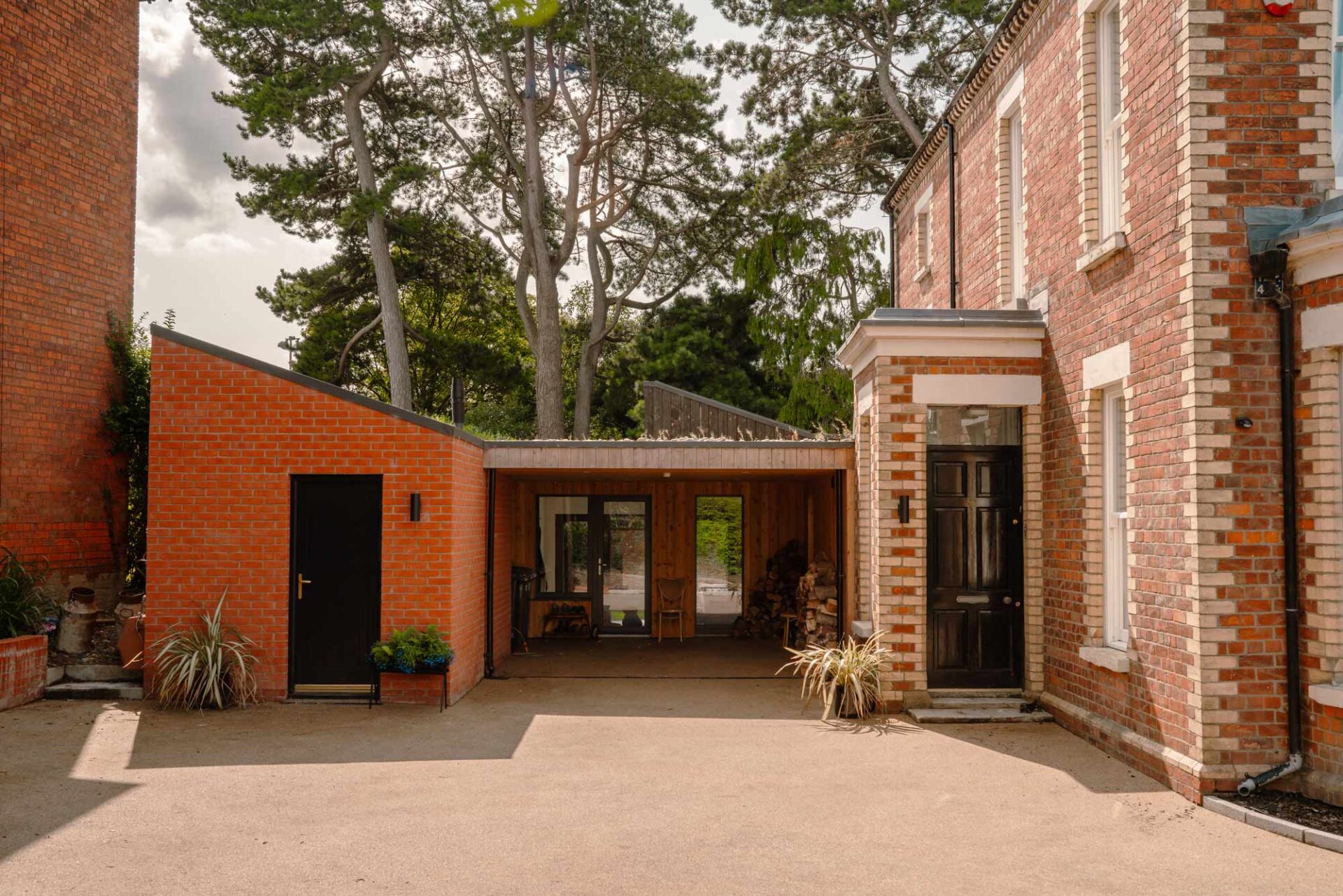Consider the scenario where a wall within a newly constructed building collapses.
If this wall collapses during the construction phase and there is insurance in place either under the building contractor’s insurance covering liability and contract works or a specific self-build policy then:
– It will be rebuilt under the Self Build policy Insurance and/or Contract Works Insurance and/or Contractor’s All Risk Insurance policy.
– Any injury to a neighbour or damage to his property will be covered by the Public Liability Insurance section of the contractor’s liability insurance or the Public Liability section of the Self Build policy.
– Any injury to subcontractors will be covered by the Public Liability insurance section or the Employer’s Liability section of the contractor’s liability insurance or the Public Liability section or the Employer’s liability section of the Self Build policy.
If the wall collapses after the construction phase and there is a home insurance policy in force covering the building then:
– It may be rebuilt under the Buildings Insurance section of the Home Insurance policy depending on what has caused the wall to collapse and providing there is accidental damage cover on the building. There will be exclusions such as any loss or damage arising from defective design, defective materials or faulty workmanship, or building settlement.
– Any injury to a neighbour or damage to his property will be covered by the public liability or personal accident section of the Home Insurance policy.
If the wall collapses during the period provided by a warranty scheme, whether during or after the construction phase, then:
– It may be rebuilt under the warranty scheme subject to the terms, conditions and exclusions of the policy.
As there is no public liability or employers’ liability cover contained within the warranty scheme, there must be appropriate insurance cover during construction to manage the risk, and subsequently, suitable Home Insurance put in place after construction, otherwise your assets will be in jeopardy.
The other tried and tested alternative to a warranty scheme is having an architect or building surveyor certify your build stages with a final certificate stating that they are satisfied with the quality of the work. Most lenders are happy to accept such certification as long as the construction professional is suitably qualified and carries Professional Indemnity Insurance (PI). Having problems rectified under a warranty scheme is however much easier than having to sue an architect for professional negligence as s/he is unlikely to volunteer the costs of remedial works in the first instance.
Insurance and warranties are therefore a necessary cost to protect your investment – and ensure that due to action, inaction, accident or calamity you don’t end up homeless and broke. Early research will allow you to consider your options carefully: ensure there are no gaps in your insurance cover and plan for the costs within your project budget. And remember, your insurance and warranty provisions may also have a huge impact on your ability to finance the build or eventually sell the property. As with all legal and financial arrangements it is best to consult with a suitable professional.
Written by Gillian Corry, based on an original article by Stephen McDonald BSc MRICS tel. 07933 165 130 smd-qs.com

